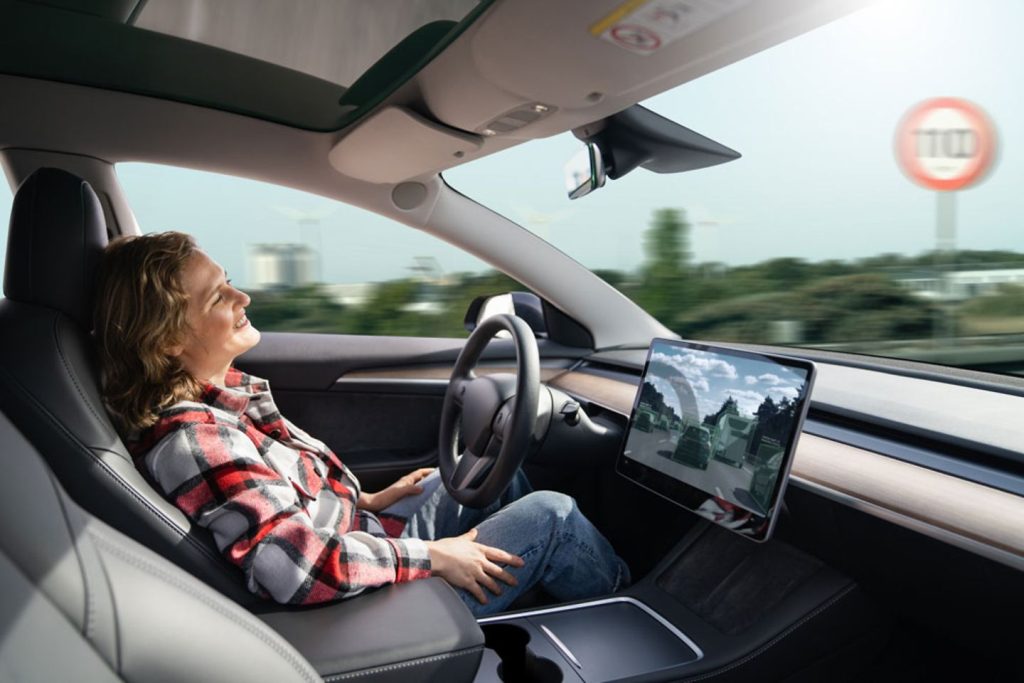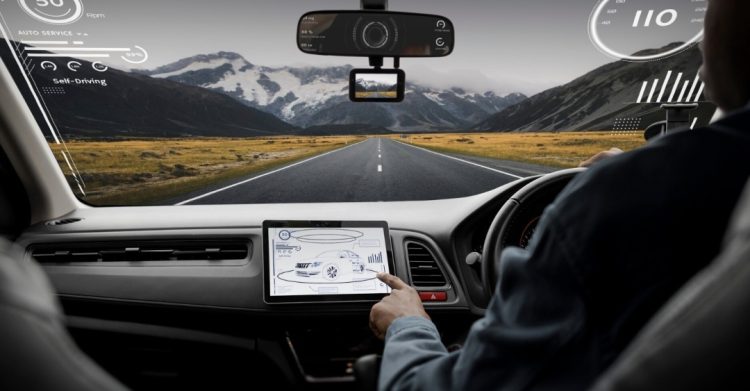Introduction
As environmental concerns become more pressing globally, governments are implementing stricter environmental regulations to combat climate change and reduce air pollution. Among the most affected sectors is the automotive industry, which has long been a significant contributor to greenhouse gas emissions and air quality issues. With governments around the world introducing tougher emissions standards, promoting electric vehicles (EVs), and pushing for cleaner technologies, automakers are under increasing pressure to transform their operations and product lines.
In this article, we explore how the automotive industry is adjusting its strategies to comply with growing environmental regulations, the challenges it faces in the transition, and the broader implications for the future of transportation.
1. The Growing Pressure of Environmental Regulations
1.1 Stricter Emissions Standards
For decades, the automotive industry has been grappling with emissions regulations. However, over the past few years, governments have enacted more aggressive and stringent policies aimed at reducing carbon emissions. For example:
- The European Union: The EU has set ambitious goals for cutting CO2 emissions from vehicles. By 2035, new cars and vans sold in the EU must be zero-emission. The EU also introduced the EU Carbon Border Adjustment Mechanism to ensure that imported cars meet the same emissions standards as European manufacturers.
- United States: Under the Biden administration, the U.S. has implemented stricter fuel efficiency standards and is aiming to ensure that half of all new vehicles sold by 2030 will be zero-emission vehicles. California, a state with a significant automotive market, has also introduced its own set of rules, including a mandate for 100% zero-emission car sales by 2035.
- China: China, the largest car market globally, has also introduced stringent emissions regulations. The country is promoting electric vehicles through subsidies and quotas and has announced plans to ban the sale of gas-powered vehicles by 2035.
These tighter regulations are forcing automakers to rethink their product lines, manufacturing processes, and business strategies. Failure to comply could lead to heavy fines, loss of market access, and damage to brand reputation.
1.2 Increasing Focus on Sustainability
Alongside emissions standards, there is a growing emphasis on sustainability. Governments and consumers alike are increasingly prioritizing environmentally friendly products, pushing the auto industry to adopt cleaner technologies. Key trends include:
- Battery Production: As electric vehicles gain popularity, the production of batteries—particularly lithium-ion batteries—has come under scrutiny due to concerns about mining practices, resource depletion, and environmental impact.
- Circular Economy: Automakers are being encouraged to develop circular economy models, focusing on the reuse and recycling of materials, especially for electric vehicle batteries, reducing waste, and improving overall product sustainability.
- Renewable Energy Integration: Automakers are being urged to align their operations with renewable energy sources, especially as more countries incentivize businesses to operate on solar, wind, or other clean energy systems.
2. Strategic Shifts in Response to Policy Pressure
To meet these growing regulatory demands, the automotive industry is adjusting its strategies across several areas. Let’s explore the key areas where automakers are adapting to the changing regulatory landscape.
2.1 Transition to Electric Vehicles (EVs)
The most significant strategic shift in the automotive industry has been the rapid transition to electric vehicles. In response to tightening emissions regulations and growing consumer demand for cleaner alternatives, automakers are investing heavily in electric mobility. Some of the ways in which car manufacturers are embracing this shift include:
- EV Commitments: Leading automakers like Volkswagen, General Motors, Ford, and Toyota have committed to electrifying their fleets. Volkswagen plans to launch at least 70 new electric models by 2030, while GM has announced its aim to go fully electric by 2035.
- New Platforms for EVs: Automakers are designing entirely new platforms for electric vehicles. These platforms are optimized for electric powertrains, allowing manufacturers to achieve better range, performance, and cost-efficiency. For instance, Ford’s Modular Electric Vehicle Platform (MEB) and Volkswagen’s ID series are tailored specifically to electric vehicle production.
- R&D and Innovation: Car companies are allocating significant resources to research and development to improve EV battery technology, charging infrastructure, and energy efficiency. Companies like Tesla, Rivian, and BYD are leading the charge with cutting-edge innovations in battery performance and vehicle design.
- Partnerships with Charging Providers: To further support the transition to electric mobility, many automakers are partnering with charging providers and infrastructure companies. For example, BMW and Mercedes-Benz have teamed up with Ionity to build a network of high-speed charging stations across Europe.
2.2 Focus on Sustainable Manufacturing Practices
Environmental regulations are not limited to the emissions from the vehicles themselves; they also extend to the production process. Automakers are increasingly under pressure to ensure that their manufacturing processes are sustainable and environmentally friendly. Key strategies include:
- Carbon Neutrality Goals: Many car manufacturers are setting ambitious targets to become carbon neutral across their entire supply chains. For example, Volvo Cars aims to become carbon-neutral by 2040, and BMW plans to reduce CO2 emissions from its production process by 80% by 2030.
- Sustainable Sourcing: Automakers are being required to source raw materials for their cars, especially those used in EV batteries, from sustainable sources. This includes ensuring that materials like lithium, cobalt, and nickel are responsibly mined and that supply chains are transparent and ethical.
- Energy Efficiency: To reduce the carbon footprint of their production facilities, automakers are investing in energy-efficient manufacturing processes and renewable energy sources. Ford and General Motors have already committed to running their factories on 100% renewable energy by 2035.
2.3 Increased Investment in Autonomous and Connected Vehicles
Environmental regulations are also pushing the automotive industry toward new technologies that could reduce the environmental impact of transportation. Autonomous driving, for example, has the potential to improve energy efficiency and reduce emissions. Here’s how:
- Electric Autonomous Vehicles: As automakers shift towards electric vehicles, the integration of autonomous driving technology could further optimize vehicle performance. Autonomous EVs can be programmed to drive more efficiently, reducing energy consumption and carbon emissions.
- Vehicle-to-Grid (V2G) Technology: Many automakers are investing in vehicle-to-grid technology, which allows electric vehicles to not only consume energy but also return energy to the grid. This could help balance energy demand and increase the use of renewable energy sources.
- Shared Mobility: Autonomous vehicles could also be a key enabler of shared mobility, further reducing the number of vehicles on the road and decreasing traffic congestion, which in turn can lower overall emissions.
2.4 Collaboration with Governments and Stakeholders
Automakers are increasingly collaborating with governments and other stakeholders to navigate the complex regulatory landscape. These partnerships can take various forms:
- Public-Private Partnerships: Governments and automakers are working together to develop and expand EV infrastructure, such as charging stations and battery-swapping networks. For instance, Tesla’s Supercharger network and BP’s investment in EV charging stations are examples of collaborations that make EV adoption more feasible for consumers.
- Lobbying for Favorable Policies: Car manufacturers are lobbying for regulations that support their transition to cleaner technologies. They often work closely with policymakers to help shape the regulatory framework and ensure that rules are conducive to innovation in the industry.
- Global Standards and Harmonization: In a globalized market, automakers are also working toward harmonizing environmental standards across different regions. This can help streamline the production process, reduce costs, and ensure compliance with local regulations.

3. The Challenges Faced by the Automotive Industry
Despite the industry’s efforts to adapt, several challenges remain as automakers face increasing regulatory pressures. These challenges include:
3.1 High Costs of Transition
The shift from internal combustion engines (ICE) to electric vehicles comes with significant costs, particularly in R&D, production, and the development of charging infrastructure. Although the cost of batteries is declining, the initial cost of electric vehicles is still higher than their gasoline counterparts. This has led some automakers to struggle with maintaining profitability while transitioning to greener technologies.
3.2 Supply Chain Constraints
The push for sustainable sourcing and the increased demand for EV batteries have strained global supply chains. The mining of materials like lithium, cobalt, and nickel is environmentally damaging and often occurs in regions with poor labor standards. Securing sustainable supply chains is a top priority for many automakers, but it is a complex and challenging task.
3.3 Consumer Adoption and Market Readiness
While regulatory pressure is a powerful motivator, consumer adoption of electric vehicles can lag behind policy changes. High initial costs, range anxiety, and concerns about charging infrastructure can hinder widespread EV adoption. The industry needs to ensure that electric vehicles are affordable, reliable, and accessible to the masses.
4. Conclusion
The automotive industry is undergoing a profound transformation in response to tightening environmental regulations and growing consumer demand for sustainable transportation options. To comply with these regulations, automakers are embracing electric vehicles, sustainable manufacturing practices, and new technologies like autonomous driving and vehicle-to-grid systems. However, this transition is not without its challenges. High costs, supply chain constraints, and market readiness are obstacles that the industry must overcome.
Ultimately, the future of the automotive industry will depend on its ability to innovate, collaborate, and adapt to a rapidly changing regulatory environment. Those automakers that can successfully navigate these pressures by balancing profitability with sustainability will likely emerge as leaders in the next era of transportation.











































